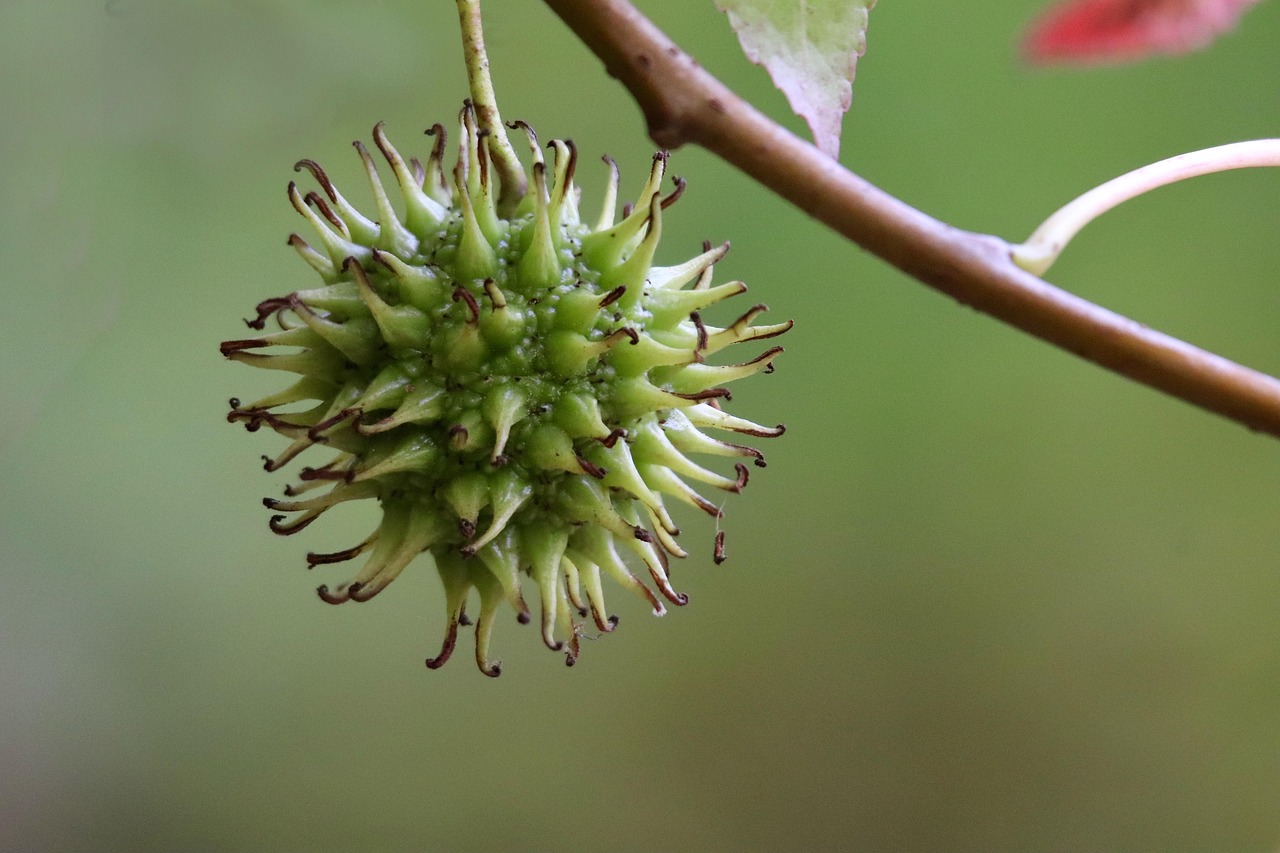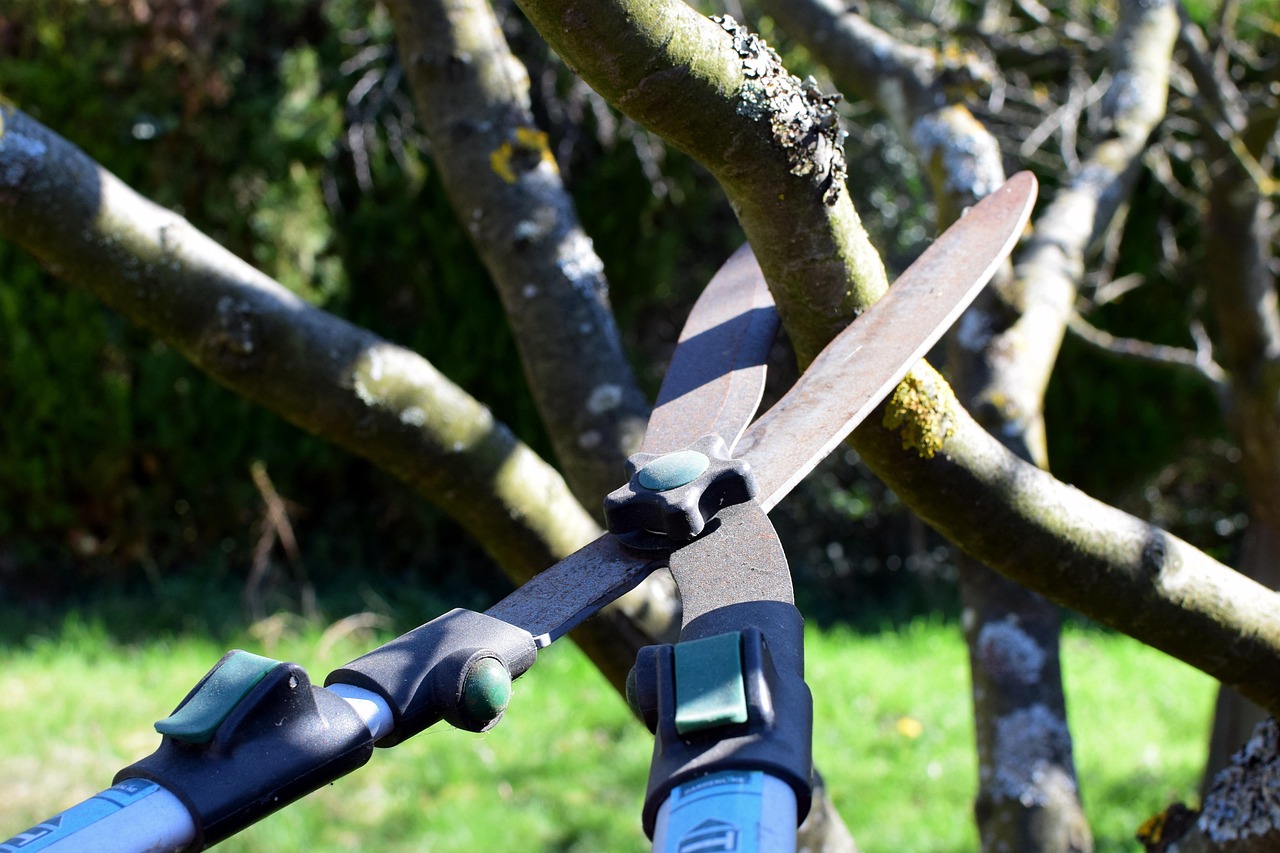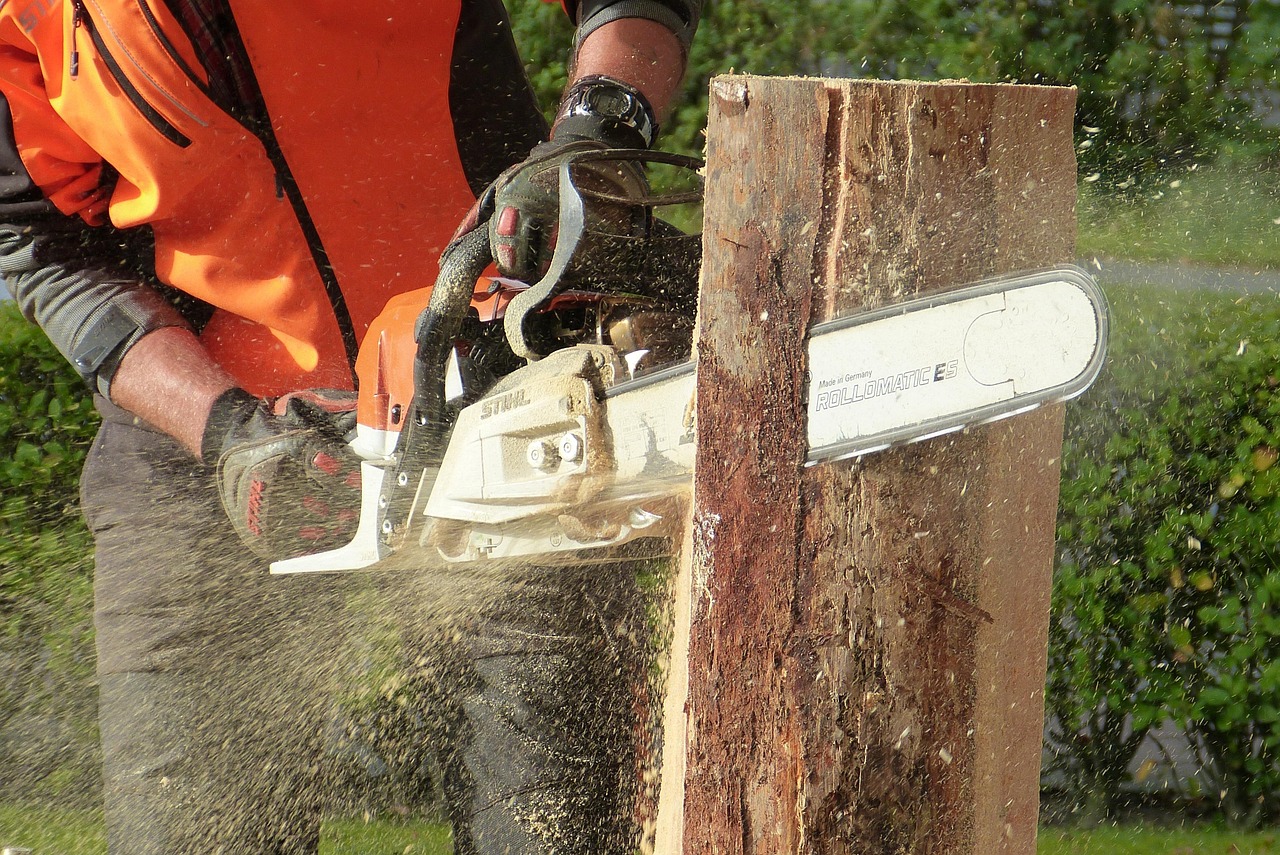Fruit tree pruning and orchard management are essential practices for maintaining healthy trees and optimizing fruit production. Proper techniques enhance growth, improve air circulation, and reduce disease risks, ensuring a bountiful harvest.
Orchard management encompasses a wide range of activities aimed at ensuring the health and productivity of fruit trees. It involves pruning, pest control, fertilization, irrigation, and proper site selection. Each of these components contributes to the overall success of an orchard.

Pruning is one of the most critical aspects of orchard management. It helps shape trees, encourages new growth, and removes dead or diseased wood. By understanding the different types of pruning techniques, orchardists can significantly improve fruit quality and yield.
Understanding Pruning Techniques
There are several pruning techniques that orchardists use, each serving a specific purpose. Here are some common types:
- Thinning: This technique involves removing entire branches or clusters of fruit to reduce competition and improve air circulation.
- Heading: This technique shortens branches to encourage bushier growth and more fruiting spurs.
- Renewal Pruning: This method is used mainly on older trees. It removes older branches to stimulate new growth.
- Maintenance Pruning: This involves routine care to maintain tree health and shape.
Each technique requires knowledge about the best timing and methods to achieve desired results. For example, many fruit trees benefit from pruning during their dormant season, typically in late winter or early spring before new growth starts.

The Importance of Orchard Management
Effective orchard management goes beyond just pruning. It requires a holistic approach to tree care that includes monitoring for pests and diseases, ensuring proper nutrition through fertilization, and managing water resources effectively.
Pest control is a crucial part of protecting fruit trees. Integrated pest management (IPM) strategies help minimize chemical use while effectively controlling pests. This could include:
- Regularly inspecting trees for signs of pests or disease.
- Utilizing beneficial insects to keep pest populations under control.
- Applying organic or chemical treatments when necessary, based on monitoring results.
Fertilization is another key element of orchard management. Trees require specific nutrients to thrive, and soil testing is essential to determine any deficiencies. Applying the right fertilizers at the correct times can lead to healthier trees and improved fruit quality.

Water Management in Orchards
In addition to pruning and pest control, effective water management is vital for fruit trees. Overwatering or underwatering can lead to various issues, including root rot or drought stress. Strategies for managing water include:
- Implementing drip irrigation systems for efficiency.
- Using mulch to retain soil moisture and reduce evaporation.
- Monitoring rainfall and adjusting irrigation schedules accordingly.
| Nutrient | Function | Sources |
|---|---|---|
| Nitrogen | Promotes leafy growth | Urea, compost |
| Phosphorus | Enhances root development | Bone meal, rock phosphate |
| Potassium | Improves fruit quality and disease resistance | Potasium sulfate, greensand |
In summary, successful fruit tree pruning and orchard management involve careful planning and execution of various techniques. By combining proper pruning methods with effective pest control, fertilization, and water management practices, orchardists can create a thriving environment for their fruit trees. This leads to healthier trees and ultimately a more fruitful harvest.
Harvesting and Post-Harvest Management
Once fruit trees reach maturity, the next critical phase is harvesting. Proper harvesting techniques help ensure that the fruit is picked at the right time and handled correctly to maintain quality. Timing and methods of harvesting can vary depending on the type of fruit, climate, and intended use of the harvested produce.

Determining the Right Time to Harvest
Harvesting fruit at the appropriate time is essential for optimal flavor and texture. Fruit that is picked too early may lack sweetness, while fruit harvested too late may become overripe or spoil. Here are some indicators to help determine when to harvest:
- Color: Many fruits change color as they ripen. For example, apples turn from green to shades of red, yellow, or pink.
- Firmness: A gentle squeeze can indicate ripeness. Ripe fruit should yield slightly to pressure.
- Aroma: Ripe fruits often emit a sweet fragrance. Smelling the fruit can provide clues about its readiness.
- Ease of Detachment: Ripe fruit should detach easily from the tree with a gentle twist or pull.
Harvesting Techniques
Using the correct harvesting techniques can prevent damage to the fruit and the tree. Here are some effective methods:
- Hand Harvesting: This method is ideal for small orchards or high-quality fruit. Using scissors or pruning shears helps avoid bruising.
- Mechanical Harvesting: For larger orchards, mechanical harvesters can efficiently gather fruit. However, care must be taken to minimize damage.
- Picking Tools: Long-handled picking poles with baskets can help reach higher branches without damaging the tree.
Post-Harvest Handling
After harvesting, proper handling is crucial to maintain fruit quality. This includes cleaning, sorting, and storing the fruit appropriately. Each step plays a role in prolonging shelf life and ensuring customer satisfaction.
Cleaning and Sorting
Cleaning harvested fruit removes dirt and contaminants. Sorting involves separating damaged or inferior fruit from high-quality produce. Here are some best practices:
- Washing: Use clean water to wash the fruit gently. Avoid harsh chemicals that may leave residues.
- Inspecting: Carefully check each piece of fruit for bruises, blemishes, or insect damage.
- Classifying: Sort fruit by size, color, and quality for better marketability.
Storage Conditions
The right storage conditions can significantly affect the longevity of harvested fruits. Different fruits have varying storage needs:
| Fruit Type | Optimal Storage Temperature (°F) | Humidity Level (%) |
|---|---|---|
| Apples | 32-40 | 90-95 |
| Pears | 30-35 | 85-90 |
| Citrus | 45-50 | 85-90 |
| Berries | 32-34 | 90-95 |
Pest and Disease Management Strategies
The health of an orchard is closely linked to effective pest and disease management strategies. Identifying potential threats early can help mitigate damage and ensure a successful harvest.
Common Pests in Orchards
Pests can pose significant challenges for fruit trees. Some common pests include:
- Aphids: These small insects can cause stunted growth and reduce fruit quality by sucking sap from trees.
- Caterpillars: Larvae of various moths and butterflies can feed on leaves, harming tree health.
- Fruit Flies: These pests lay eggs in ripe fruit, leading to decay and loss of marketability.
Disease Prevention Techniques
Diseases can devastate orchards if not addressed promptly. Here are some effective prevention techniques:
- Cultural Practices: Maintaining good sanitation by removing fallen fruits and debris can reduce disease spread.
- Resistant Varieties: Selecting tree varieties that are resistant to common diseases helps minimize risks.
- Pesticides & Fungicides: When necessary, appropriate treatments should be applied based on effective monitoring and expert advice.
An integrated approach that combines these techniques will lead to healthier trees and a more productive orchard overall.
Soil Management and Fertilization
Soil health plays a crucial role in the success of an orchard. Proper soil management and fertilization can significantly impact tree growth, fruit quality, and overall yield. Understanding soil composition and nutrient needs is vital for effective orchard management.
Understanding Soil Composition
Soil is made up of different components, including minerals, organic matter, water, and air. Each of these components affects how well trees can absorb nutrients and water. Here are the primary soil types and their characteristics:
| Soil Type | Characteristics | Best Fruit Trees |
|---|---|---|
| Sandy Soil | Poor water retention but good drainage; warms quickly. | Citrus, Peaches |
| Clay Soil | High nutrient content but poor drainage; can become compacted. | Apples, Pears |
| Silt Soil | Good water retention and nutrient-holding capacity; often fertile. | Cherries, Plums |
| Loamy Soil | Balanced mixture of sand, silt, and clay; ideal for most fruit trees. | Mangoes, Figs |
Conducting Soil Tests
Regular soil testing is essential to understand nutrient levels and pH. Soil tests can identify deficiencies or excesses in key nutrients. Here are steps to conduct a soil test:
- Collect Samples: Take samples from various areas of the orchard to get an accurate representation.
- Send to a Lab: Send the samples to a certified lab for analysis.
- Interpret Results: Use the lab’s recommendations to adjust your fertilization strategy based on the nutrient requirements of your specific fruit trees.
Fertilization Strategies
Once you understand your soil’s nutrient profile, the next step is to create a fertilization plan tailored to your orchard’s needs. Here are some essential strategies:
Types of Fertilizers
Fertilizers can be categorized into two main types: organic and inorganic.
- Organic Fertilizers: These naturally derived fertilizers improve soil structure and increase microbial activity. Examples include compost, manure, and bone meal.
- Inorganic Fertilizers: These synthetic fertilizers provide quick nutrient availability. However, they do not improve soil health. Common examples are ammonium nitrate and potassium sulfate.
Timing of Fertilization
The timing of fertilization is crucial for maximizing nutrient absorption. Here are recommended timings:
- Pre-Planting: Amending soil with organic matter before planting can enhance fertility.
- Early Spring: Fertilize just before the growing season starts to give trees a boost as they begin to leaf out.
- Post-Harvest: Light fertilization after harvest can help replenish nutrients consumed during fruit production.
Irrigation Techniques in Orchards
Irrigation is a critical component of orchard management, especially in regions with limited rainfall. Proper irrigation ensures that trees receive adequate water for growth and fruit development.
Types of Irrigation Systems
There are several irrigation methods to choose from, each with its advantages:
- Drip Irrigation: This method delivers water directly to the root zone, reducing waste and minimizing disease risk.
- Spray Irrigation: Sprinklers distribute water over a larger area but may lead to higher evaporation loss.
- Surface Irrigation: Flooding rows with water is cost-effective but can lead to uneven distribution.
Irrigation Scheduling
A well-planned irrigation schedule helps ensure that trees receive the right amount of water at the right times. Consider these factors when creating your schedule:
- Soil Type: Sandy soils may require more frequent watering than clay soils due to faster drainage.
- Weather Conditions: Adjust schedules based on rainfall, temperature, and humidity levels.
- Tree Age: Young trees typically need more frequent watering compared to established trees.
Crop Rotation and Cover Crops
Incorporating crop rotation and cover crops into orchard management can enhance soil health and productivity. These practices help prevent soil degradation and promote biodiversity.
The Benefits of Crop Rotation
Crop rotation involves alternating different types of crops in an area over time. In orchards, this could mean planting different fruit varieties or annual crops between tree rows. Benefits include:
- Pest Control: Rotating crops can disrupt pest life cycles.
- Nutrient Management: Different crops utilize varying nutrients, helping balance soil nutrients over time.
- Disease Prevention: Changing crops reduces disease pressure on specific plants.
The Role of Cover Crops
Cover crops are planted during the off-season to protect and enrich the soil. They offer several advantages:
- Erosion Control: Cover crops help prevent soil erosion during heavy rains.
- Nitrogen Fixation: Leguminous cover crops can enrich the soil with nitrogen through their root systems.
- Weed Suppression: Cover crops can outcompete weeds, reducing the need for herbicides.
Implementing these practices can lead to healthier soils and more productive orchards over time.
Innovative Practices in Orchard Management
As the field of agriculture evolves, new techniques and technologies emerge to enhance fruit tree pruning and orchard management. Implementing innovative practices can lead to increased efficiency, improved yields, and better environmental stewardship.
Precision Agriculture
Precision agriculture utilizes technology to optimize field-level management regarding crop farming. This approach can be particularly beneficial in orchards. Here are some aspects of precision agriculture that apply to fruit tree management:
- Soil Mapping: Using GPS and sensors, orchardists can create detailed maps of soil types, moisture levels, and nutrient distribution. This allows for tailored fertilization and irrigation practices.
- Drones: Drones can monitor tree health and growth patterns from above, providing valuable insights without extensive labor. They can identify areas needing attention, such as pest infestations or water stress.
- Data Analysis: Collecting and analyzing data on weather patterns, soil conditions, and tree health can help growers make informed decisions regarding irrigation, fertilization, and pest management.
Integrated Pest Management (IPM)
IPM is an effective and environmentally sensitive approach to pest management that relies on a combination of practices. It emphasizes prevention and monitoring rather than solely relying on chemical solutions. Components of IPM include:
- Biological Control: Introducing natural predators to control pest populations can reduce the need for pesticides.
- Cultural Practices: Modifying planting schedules or using resistant varieties can help manage pest populations.
- Regular Monitoring: Keeping track of pest levels and using thresholds helps determine when intervention is necessary.
Sustainable Practices
Sustainable orchard management practices are becoming increasingly important as consumers seek environmentally friendly products. Some sustainable techniques include:
- Organic Farming: Growing fruit without synthetic fertilizers or pesticides helps protect soil health and biodiversity.
- Agroforestry: Integrating trees with crops or livestock can provide additional income sources while enhancing soil quality and biodiversity.
- Water Conservation: Utilizing rainwater harvesting systems or advanced irrigation technologies can reduce water usage significantly.
Future Trends in Orchard Management
The future of orchard management is likely to see continued innovation and adaptation to changing climate conditions, consumer preferences, and technological advancements.
Climate-Resilient Practices
As climate change impacts agriculture, developing climate-resilient practices will become essential. Some strategies include:
- Drought-Resistant Varieties: Breeding or selecting fruit tree varieties that can withstand drought conditions will help ensure consistent yields.
- Microclimate Management: Utilizing windbreaks or shade structures can help protect trees from extreme weather conditions.
- Soil Carbon Sequestration: Practices aimed at increasing organic matter in the soil contribute to carbon capture, helping mitigate climate change effects.
Consumer Engagement and Direct Marketing
Increasing consumer interest in local and organic produce has led to new marketing opportunities for orchardists. Engaging directly with consumers through farmers’ markets, subscription services, or agritourism can enhance profitability. Strategies include:
- Sustainable Branding: Highlighting sustainable practices can attract environmentally conscious consumers.
- Educational Workshops: Offering classes on fruit tree care or cooking with fresh produce can draw in customers and build community relations.
- Online Sales Platforms: Developing user-friendly websites for direct sales can expand market reach beyond local areas.
Conclusion
Fruit tree pruning and orchard management are complex yet rewarding endeavors that require ongoing learning and adaptation. By integrating traditional practices with modern techniques, orchardists can create sustainable, productive environments for their trees. Key takeaways from this comprehensive exploration include the importance of proper pruning techniques, effective soil management, innovative pest control strategies, and the adoption of sustainable practices. As technology advances and consumer preferences evolve, embracing change will be vital for future success in the orchard industry. Through careful management and innovation, growers can ensure healthy trees and abundant harvests for years to come.
